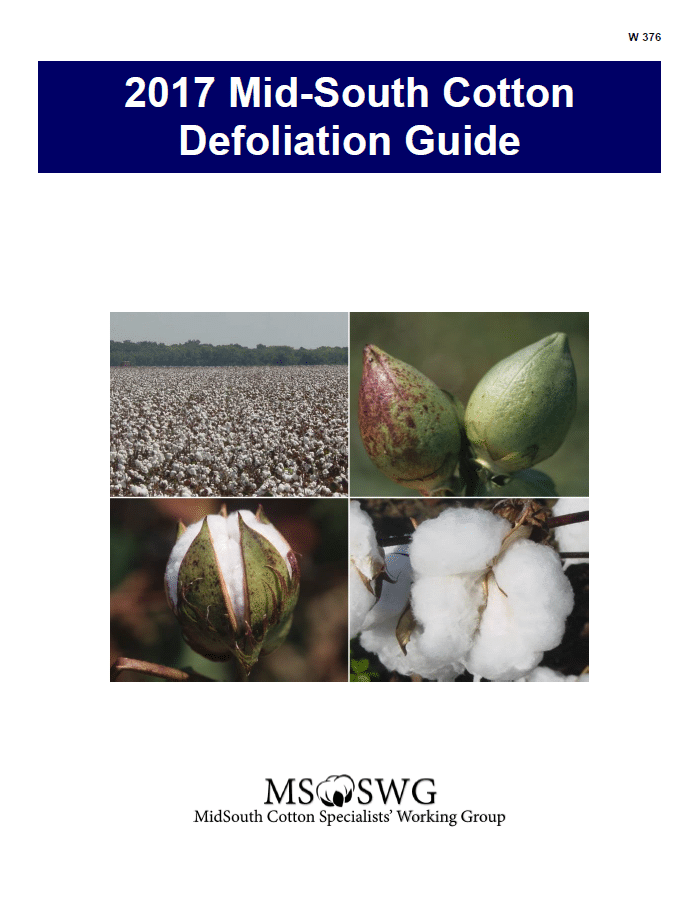RELEASED: September 12, 2017
Tennessee cotton forecast up 29 percent from 2016
NASHVILLE, Tenn. – The U.S. Department of Agriculture’s National Agricultural Statistics Service (NASS) released the September Crop Production report today, showing an increase in yields for most crops. “This is a very promising season for agricultural producers in Tennessee,” according to Debra Kenerson, Tennessee State Statistician. “With the exception of burley tobacco, which showed a 100 pound per acre decrease from the August forecast, the September forecasts show yield increases for all other crops. Continue reading at SepCrop17_TN.




